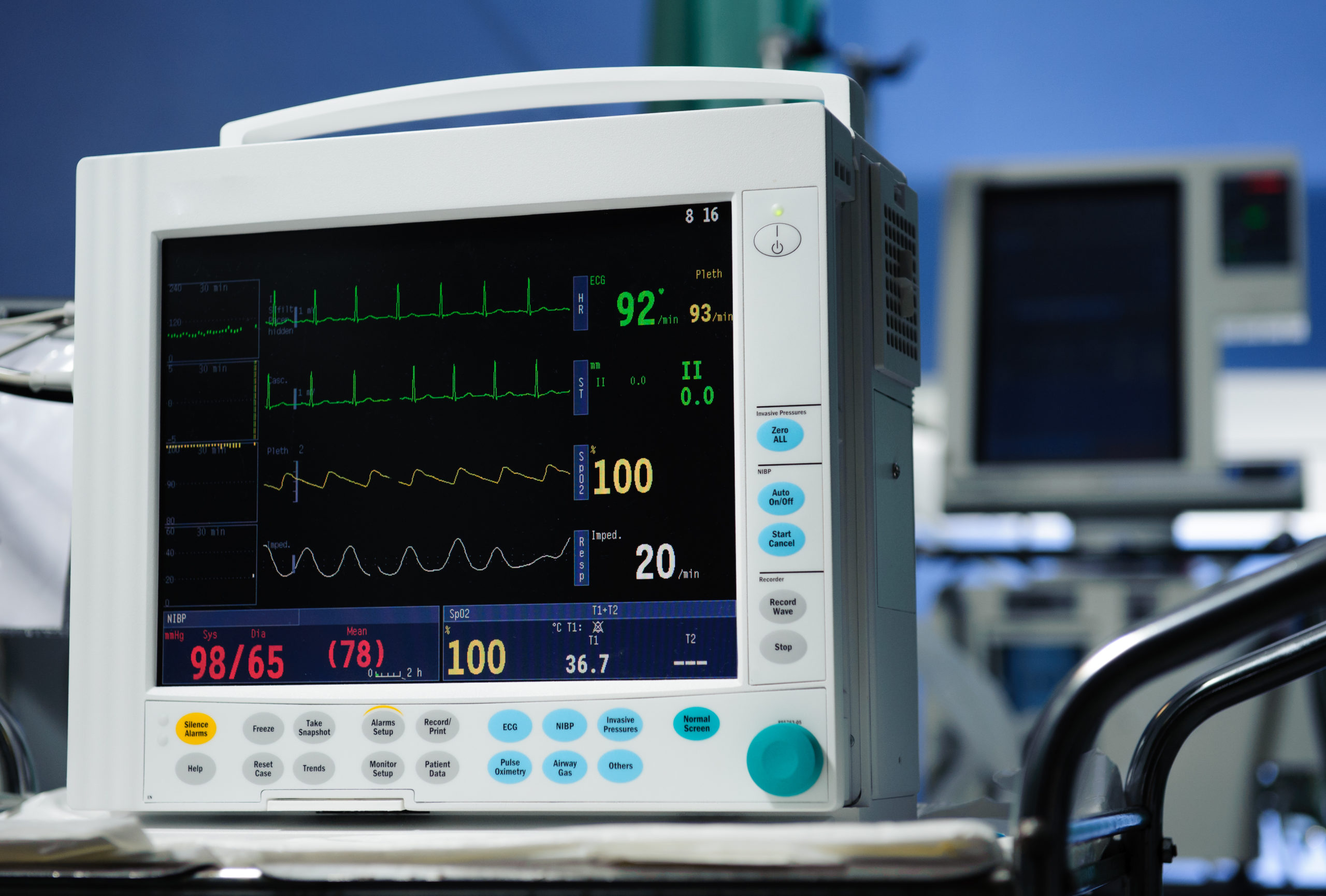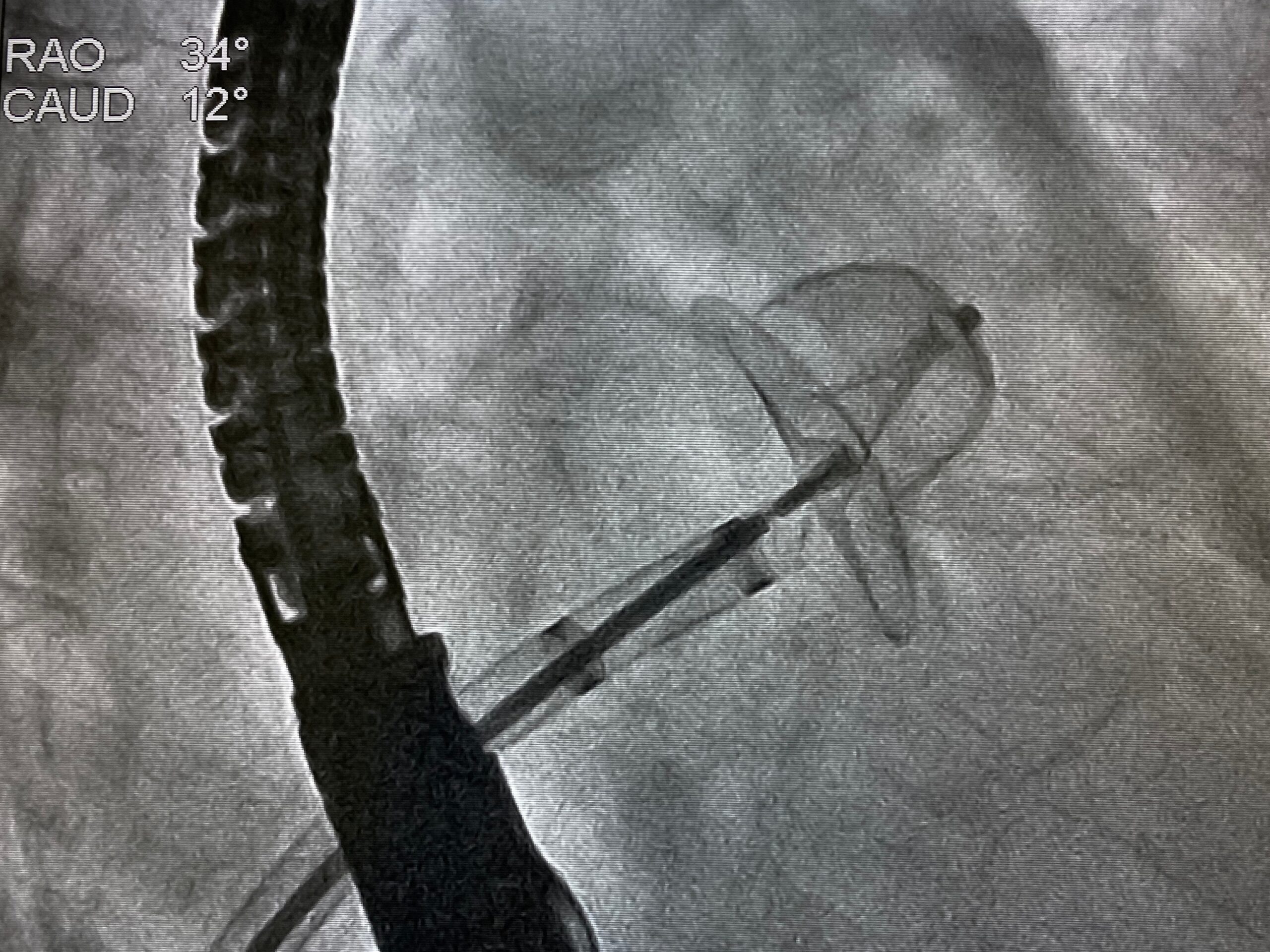
According to a study in Frontiers in Cardiovascular Medicine, alternative balloon-based approaches are effective ablations for atrial fibrillation (AFib), and offer advantages over conventional catheter ablation techniques. Lead author, Dr. Xinyi Peng, and colleagues asserted that different characteristics between these types of ablation, such as hot balloon ablation (HBA) and cyroballoon ablation (CBA), are not well understood. Thus, Dr. Peng and his team conducted a meta-analysis and came to the opinion that both HBA and CBA were effective ablations for AFib, and that they yielded comparable outcomes.
However, they authors noted that “Patients who received HBA had a higher incidence of [touch-up ablation (TUA)] and longer procedure time,” indicating that CBA may be a more effective ablation for AFib.
The researchers reviewed several online databases and ultimately included a total of seven studies in their final analysis. They used mean difference, odds ratios (ORs) and 95% confidence intervals (CI) to compare which ablation approach was more effective for AFib.
Compared to patients who underwent CBA for AFib, more patients who underwent HBA showed residual conduction and required TUA more frequently (OR = 2.76; 95% CI, 2.02–3.77; p = 0.000). The investigators found that TUA was needed most frequently in the left superior pulmonary veins (PVs) in the HBA group and the right inferior PVs in the CBA group. Additionally, patients undergoing HBA were more likely to have a higher fluid injection volume in the left and right superior PVs during surgery. As noted, the procedure time was longer for HBA compared to CBA (weighted mean difference = 14.24; 95% CI, 4.39–24.09; p = 0.005). The article acknowledged that, “patients in the CBA group could have an increased risk of AF occurrence, and accepted more antiarrhythmic drug therapy,” however, they authors stated the result was insignificant.
The study’s compared the pros and cons of the ablations for AFib between CBA and HBA and ultimately concluded that both are effective ablation for AFib, with comparable clinical outcomes.







 © 2025 Mashup Media, LLC, a Formedics Property. All Rights Reserved.
© 2025 Mashup Media, LLC, a Formedics Property. All Rights Reserved.